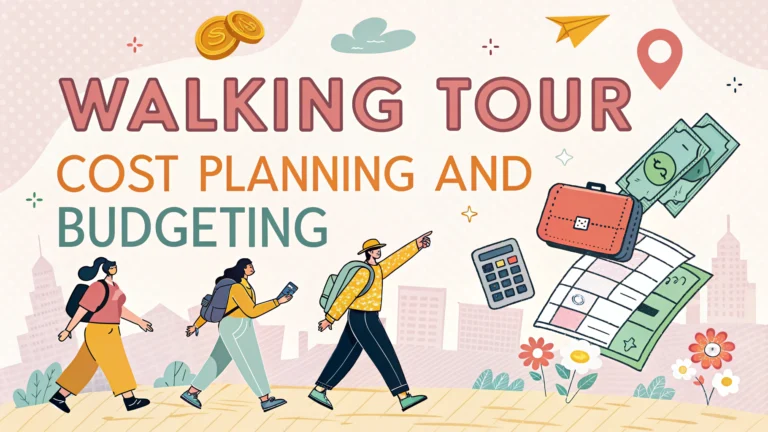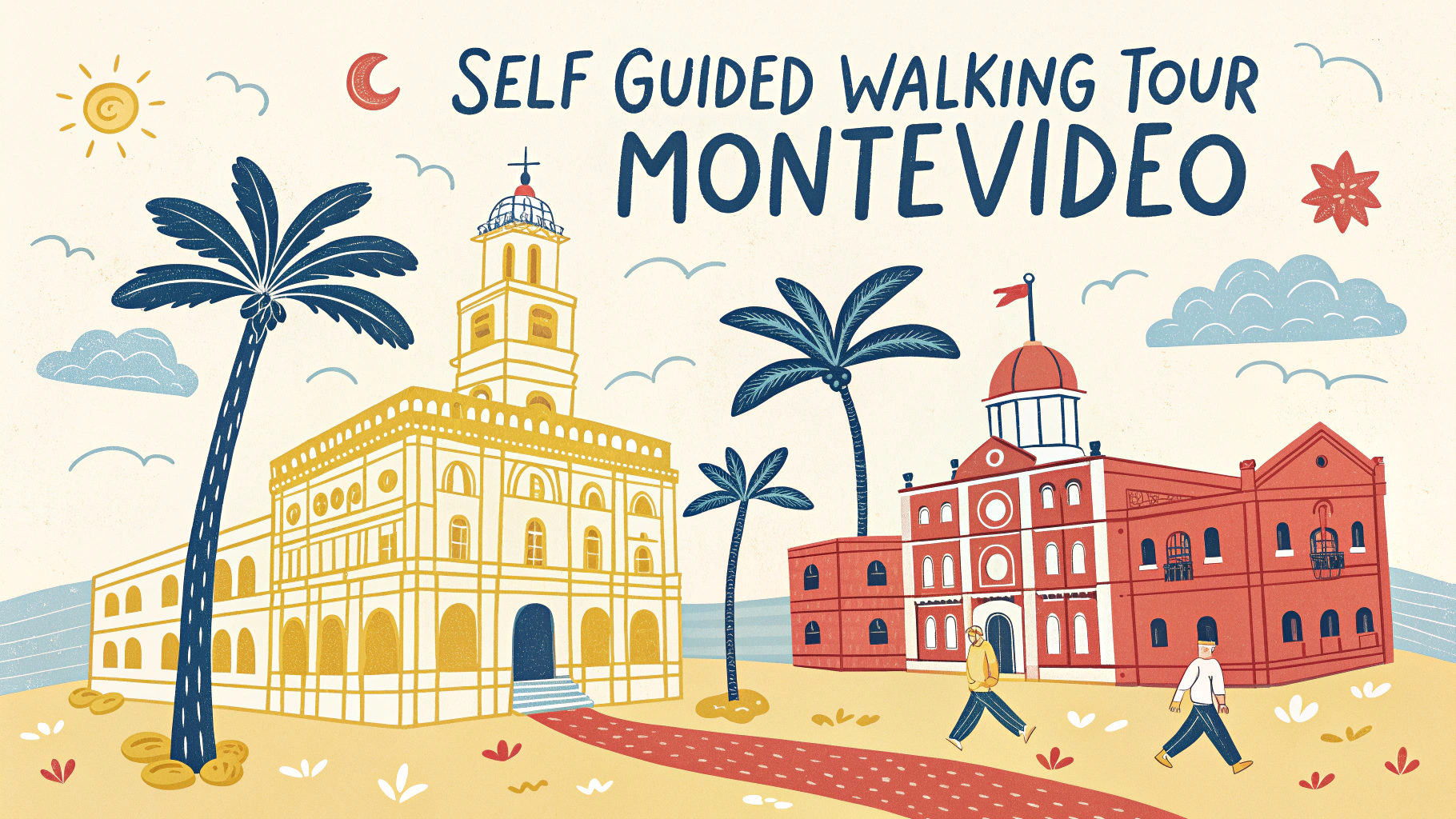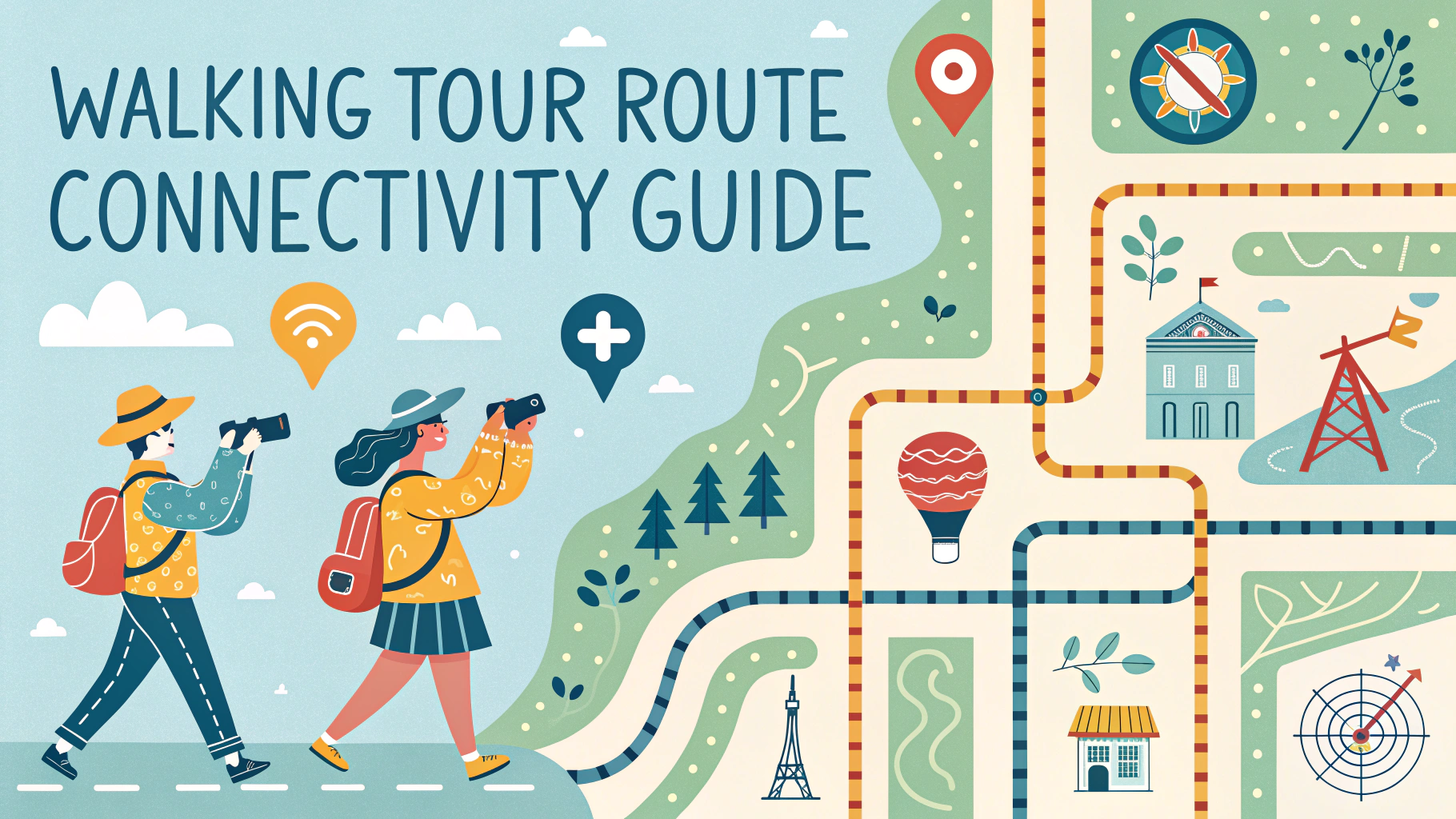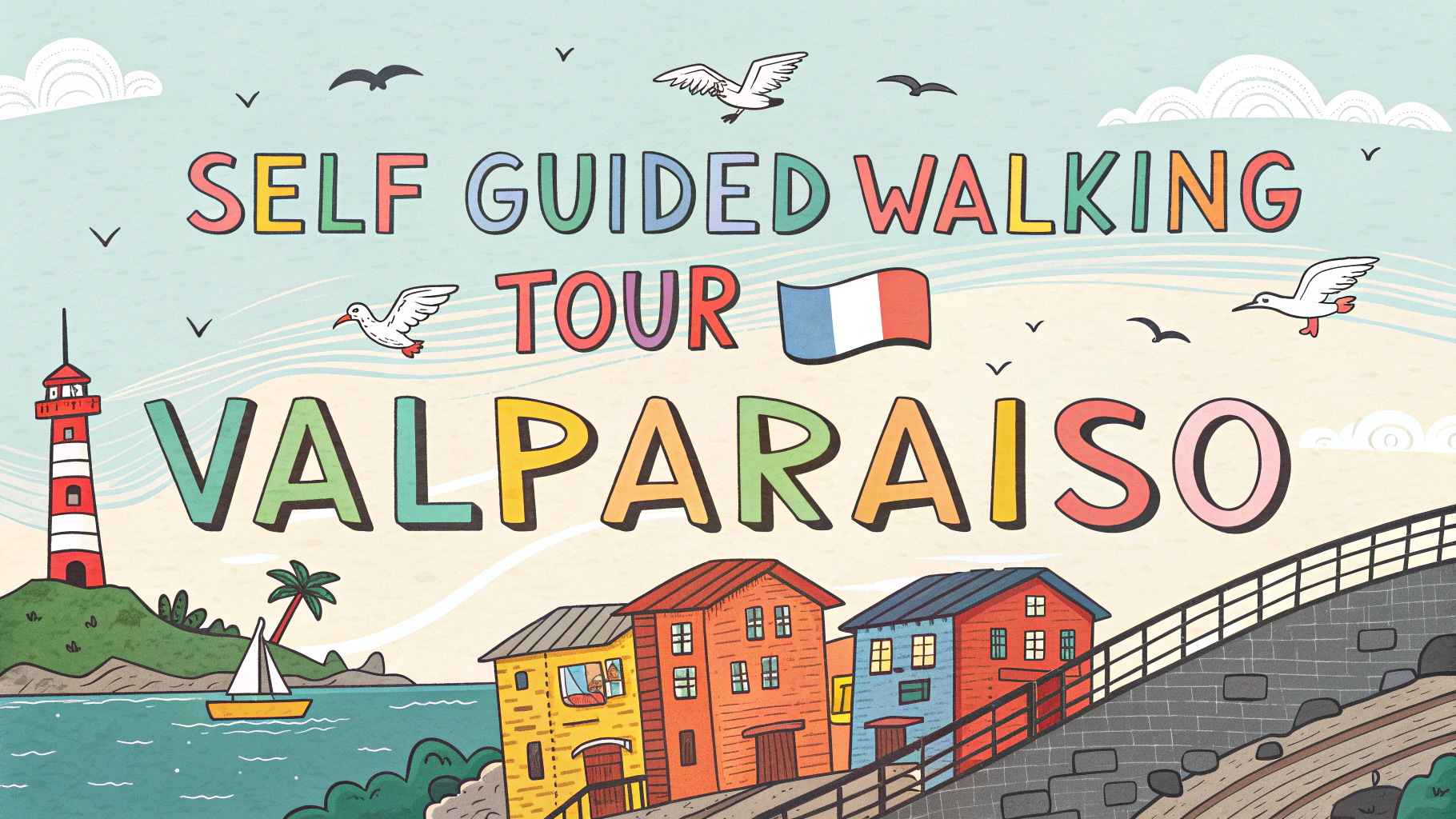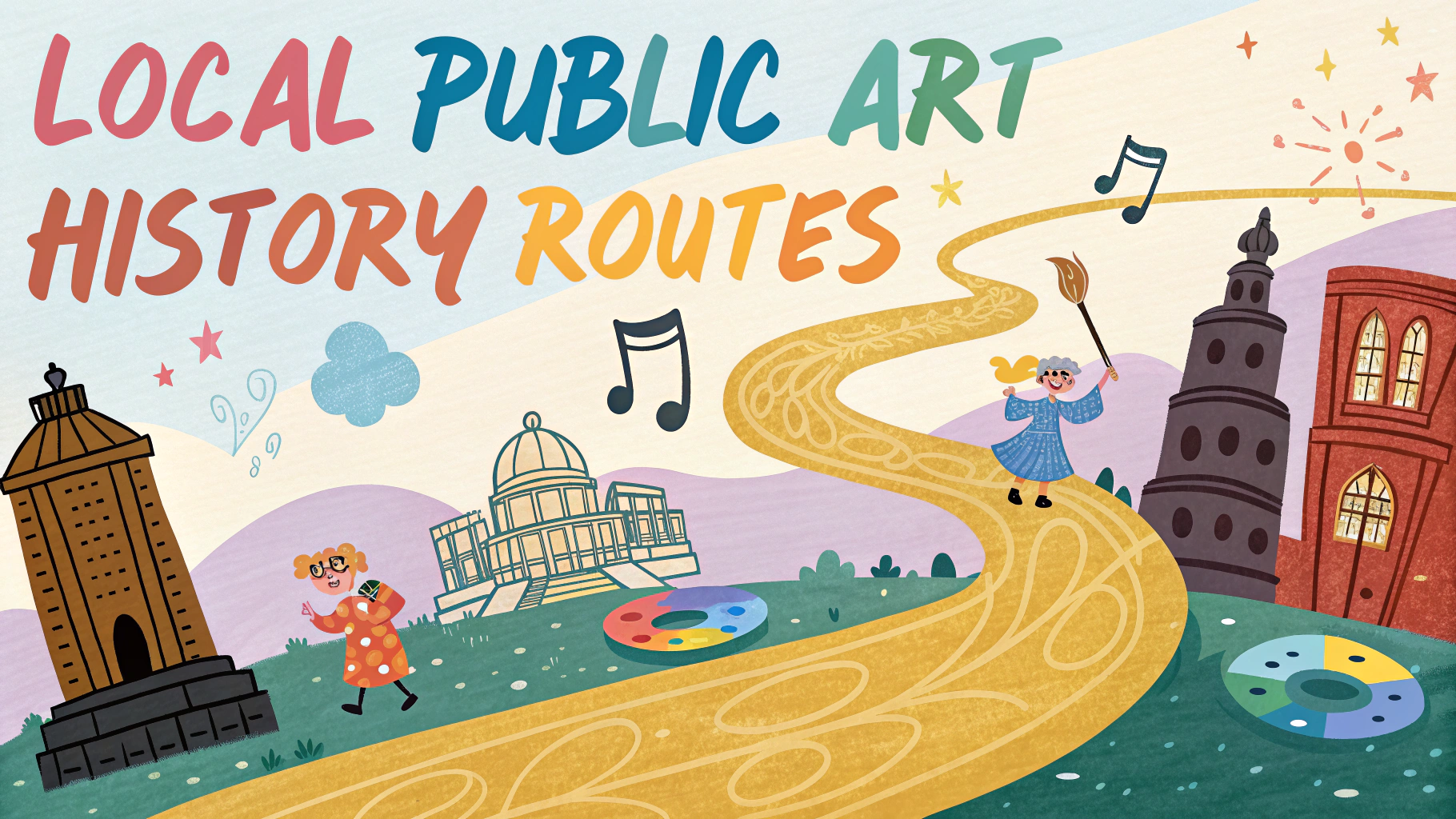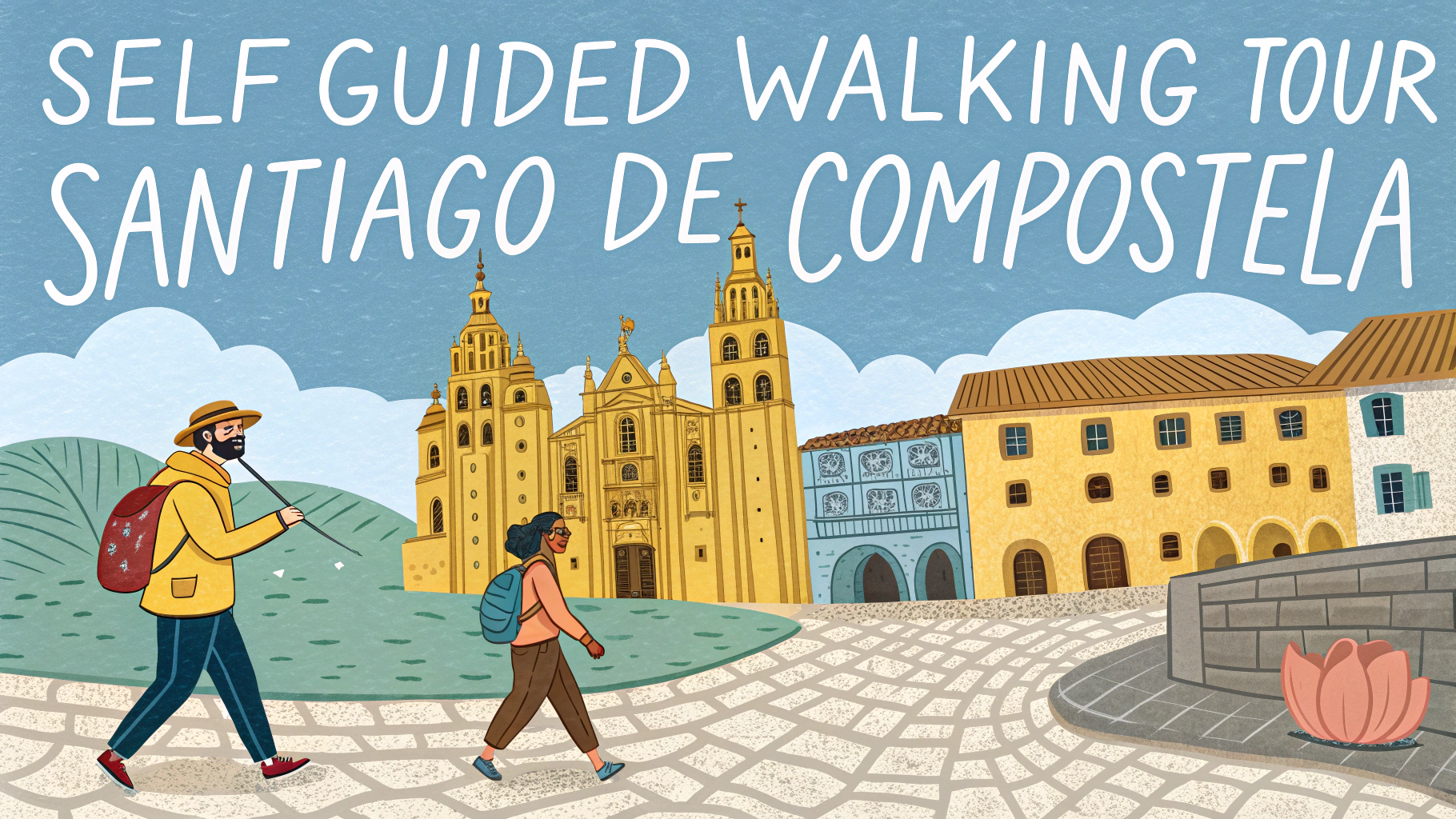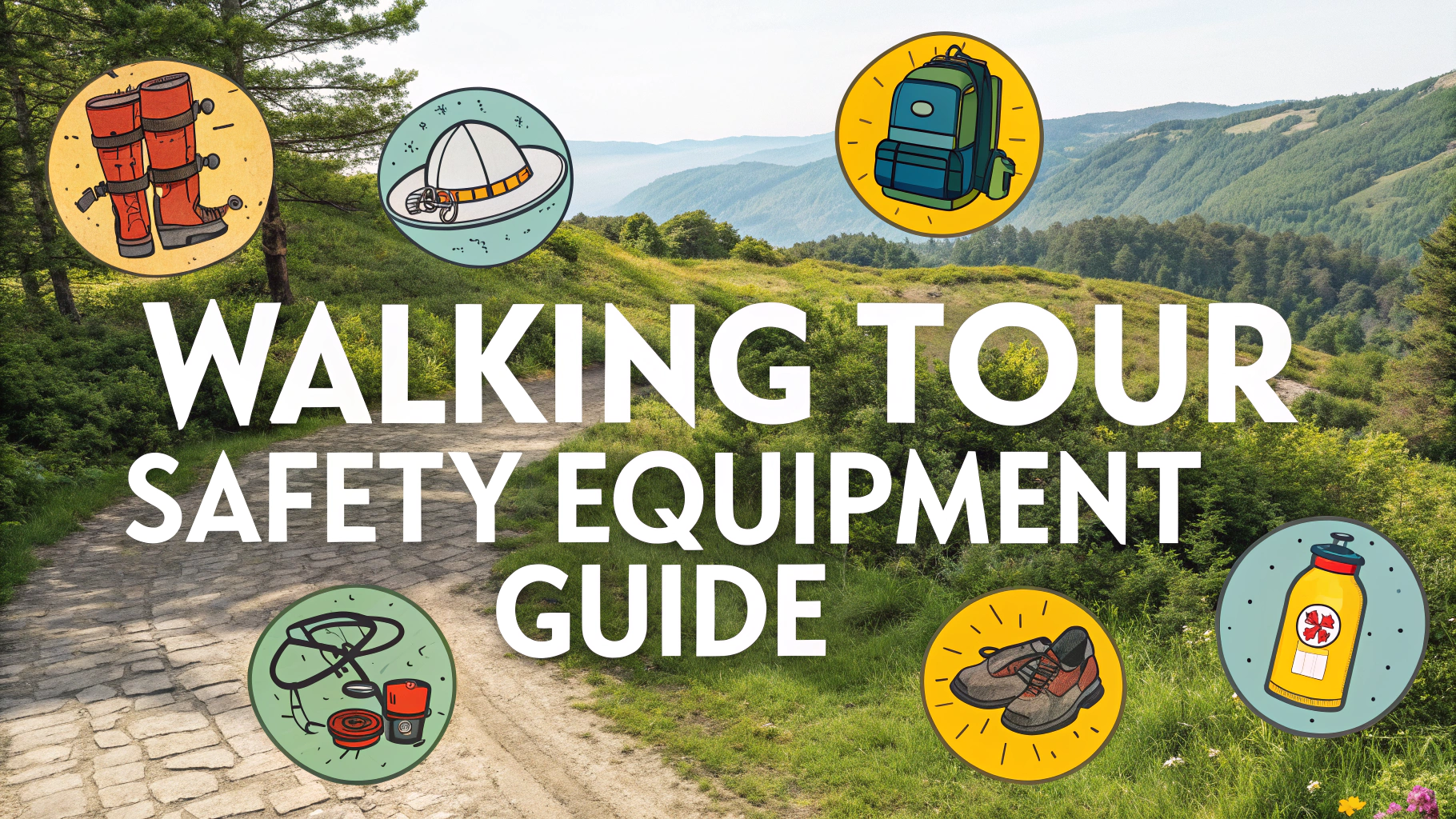Planning a budget for your self-guided walking tour helps maximize your experience while keeping costs under control.
Essential Cost Components
- Transportation to/from starting points
- Comfortable walking shoes ($60-150)
- Weather-appropriate clothing
- Maps and guidebooks ($10-30)
- Water bottle and snacks
- Small first aid kit ($15-25)
- Mobile phone with data plan for navigation
Optional Expenses to Consider
- Walking tour apps ($5-15 per city)
- Audio guides ($10-30)
- Museum entrance fees
- Travel insurance ($30-100)
- Emergency funds ($100-200)
Money-Saving Tips
Download offline maps through Google Maps or Maps.me to avoid data charges.
Research free walking tours offered by local tourism offices.
Book museum passes in advance for better rates.
Pack snacks and water from local supermarkets instead of tourist areas.
Use public transportation passes for reaching different starting points.
Sample Budget Breakdown
| Item | Budget Option | Mid-Range |
|---|---|---|
| Daily Food/Drink | $15-20 | $30-40 |
| Transportation | $5-10 | $15-20 |
| Attractions | $0-10 | $20-30 |
Planning Tools
- Rome2rio – Transportation planning
- Google Maps – Route planning
- Viator – Activity pricing research
Safety Considerations
Keep emergency cash in different locations separate from your main wallet.
Research safe neighborhoods before planning routes.
Save emergency contact numbers for local authorities.
Tech Essentials
- Portable charger ($20-40)
- Weather app
- Navigation app
- Local transport app
- Translation app
Track expenses using apps like Trail Wallet or Splitwise to stay within budget.
Consider purchasing a local SIM card for reliable data access during your walks.
Set aside 10-15% of your total budget for unexpected expenses or special experiences.
Additional Considerations
Seasonal Planning
- Off-season rates for attractions (20-40% savings)
- Weather-appropriate gear investments
- Seasonal operating hours for attractions
- Festival and event schedules
Group vs. Solo Budgeting
Share costs with fellow travelers for guidebooks, transportation passes, and accommodation access.
Split group tour costs when combining self-guided segments with professional tours.
Documentation Expenses
- Printing maps and guides ($5-15)
- Photo storage solutions ($5-10/month)
- Digital guides and e-books ($10-30)
Long-Term Investment Items
- Quality backpack ($50-100)
- Waterproof gear ($30-80)
- Reusable water container ($15-30)
- Navigation tools ($20-50)
Conclusion
Successful self-guided walking tours require balanced budgeting between essential gear, technology needs, and daily expenses. Plan for both expected and unexpected costs while maintaining flexibility for spontaneous experiences.
Focus investments on quality walking gear and reliable navigation tools while seeking cost-effective solutions for consumables and daily expenses. Regular budget monitoring and smart use of planning tools ensure both financial control and enriching experiences.
FAQs
- How much should I budget for a self-guided walking tour?
Self-guided walking tours typically cost $0-30 per person, mainly covering map purchases, audio guides, or mobile apps. Additional costs may include comfortable walking shoes ($50-100), water bottle ($10-20), and local transportation to/from starting points. - What are the essential items I need to budget for on a walking tour?
Essential items include comfortable walking shoes, weather-appropriate clothing, water bottle, snacks, city maps, guidebook or digital guides, emergency cash, and a small first aid kit. - Are there any hidden costs I should be aware of when planning a self-guided walking tour?
Hidden costs may include entrance fees to attractions along the route, public restroom fees in some countries, local transportation costs, mobile data charges for digital maps, and unexpected weather gear purchases. - How can I save money while planning a self-guided walking tour?
Save money by downloading free walking tour apps, using offline maps, carrying your own water and snacks, visiting free attractions, and planning routes that minimize public transportation use. - What’s the cost difference between guided and self-guided walking tours?
Guided walking tours typically cost $20-50 per person for 2-3 hours, while self-guided tours are often free or cost less than $10 for digital guides, making them 70-100% cheaper. - Should I purchase travel insurance for a walking tour?
Travel insurance for walking tours typically costs $30-100 and is recommended to cover potential medical emergencies, trip cancellations, or lost items, especially for multi-day tours. - What mobile apps are worth paying for when doing walking tours?
Premium versions of apps like AllTrails ($29.99/year), Komoot ($59.99/year), or city-specific apps ($5-15) are worth considering for offline maps, detailed routes, and audio guides. - How much should I budget for food and drinks during a walking tour?
Budget $15-30 per person per day for water, snacks, and possible cafe stops. This varies by location and tour duration. - What emergency funds should I set aside for a walking tour?
Set aside $50-100 per day for emergencies, covering unexpected transportation needs, medical supplies, or alternate routes due to weather or closures. - Is it cost-effective to create my own walking tour versus buying a pre-made route?
Creating your own route is more cost-effective, typically saving $10-25 per tour, but requires more preparation time and research using free resources like Google Maps and tourism websites.
